Fine-tuning ReactJS State Management for Complex Applications
Prefer to listen?
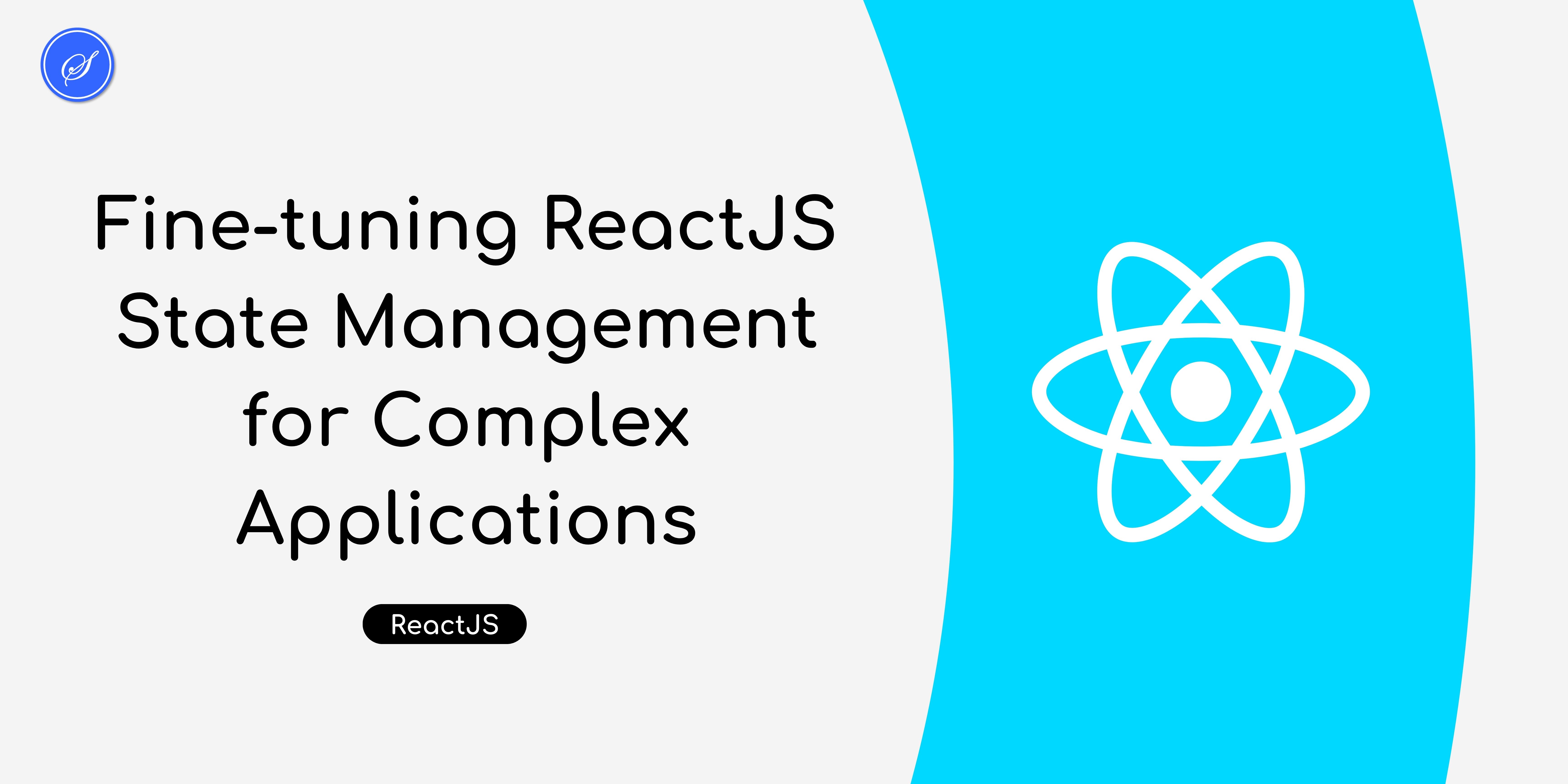
ReactJS stands out for its robust state management capabilities, making it a preferred choice for building dynamic and interactive user interfaces. However, as your applications evolve in complexity, it becomes imperative to refine your approach to state management. In this article, we'll explore advanced techniques for fine-tuning ReactJS state management, ensuring optimal performance and maintainability in the face of intricate application structures.
React components handle local state using the useState hook, and for more complex scenarios, shared or global state management is facilitated by tools like Redux or the Context API.
1. Optimizing Re-renders with useMemo
React components re-render when their state or props change. In complex applications, unnecessary re-renders can impact performance. The useMemo hook proves invaluable by allowing you to memoize the result of a computation. This prevents unnecessary recalculations and re-renders, especially when dealing with computationally expensive operations.
// Example using useMemo for memoization
const memoizedValue = useMemo(() => computeExpensiveValue(a, b), [a, b]);
2. Efficient State Updates with Immer.js
Immutability is a core principle in React's state management. Immer.js simplifies the process of working with immutable data by enabling you to write code that appears to modify the state directly. Under the hood, Immer.js produces a new immutable state, ensuring that you maintain the benefits of immutability without the verbosity.
// Example using Immer.js for immutable state updates
import produce from 'immer';
const newState = produce(currentState, (draftState) => {
draftState.property = 'new value';
});
3. Managing Global State with Recoil
For large-scale applications, managing global state efficiently is crucial. Recoil, a state management library for React, simplifies the management of shared state across components. It provides a flexible and scalable solution for global state management, addressing the challenges posed by extensive component hierarchies.
// Example using Recoil for global state management
import { atom, useRecoilState } from 'recoil';
const counterState = atom({
key: 'counterState',
default: 0,
});
function CounterComponent() {
const [count, setCount] = useRecoilState(counterState);
// Component logic using count state
}
4. Advanced Techniques with React Hooks
Exploring advanced React hooks such as useReducer and useCallback is pivotal in streamlining state management in complex components. useReducer is particularly useful for managing state logic that involves multiple actions, offering a more structured and centralized approach.
// Example using useReducer for complex state logic
const initialState = { count: 0 };
function reducer(state, action) {
switch (action.type) {
case 'increment':
return { count: state.count + 1 };
// Handle other actions...
default:
return state;
}
}
function CounterComponent() {
const [state, dispatch] = useReducer(reducer, initialState);
// Component logic using state and dispatch
}
Fine-tuning ReactJS state management is a continuous journey that involves optimizing re-renders, embracing immutability with tools like Immer.js, adopting global state management solutions like Recoil, and leveraging advanced React hooks. By implementing these techniques, you'll be well-equipped to handle the intricacies of state in even the most complex React applications, ensuring optimal performance and maintainability.
FAQs about ReactJS State Management for Complex Applications
How can I optimize re-renders in ReactJS components?
Use the useMemo hook to memoize the result of computations and prevent unnecessary re-renders.
What is Immer.js, and how does it simplify state updates in React?
Immer.js allows you to work with mutable-like syntax while producing immutable state, making state updates more intuitive.
What is Recoil, and why is it suitable for global state management in React?
Recoil is a state management library for React that simplifies the management of shared state across components, providing a scalable solution.
When should I use useReducer in React state management?
useReducer is beneficial for managing complex state logic that involves multiple actions within a component.
How can I streamline state management in large-scale React applications?
Explore advanced React hooks, such as useReducer and useCallback, to efficiently manage state in complex components.
Comments

Enterprise Software and
Cloud Services for Your Business
Custom Web Applications, SaaS MVPs, Admin Dashboards, API Integrations, DevOps & Deployment, Ongoing Maintenance & Support.
What's in the newsletter?

Battle-Tested Tips for Debugging Django and React Apps
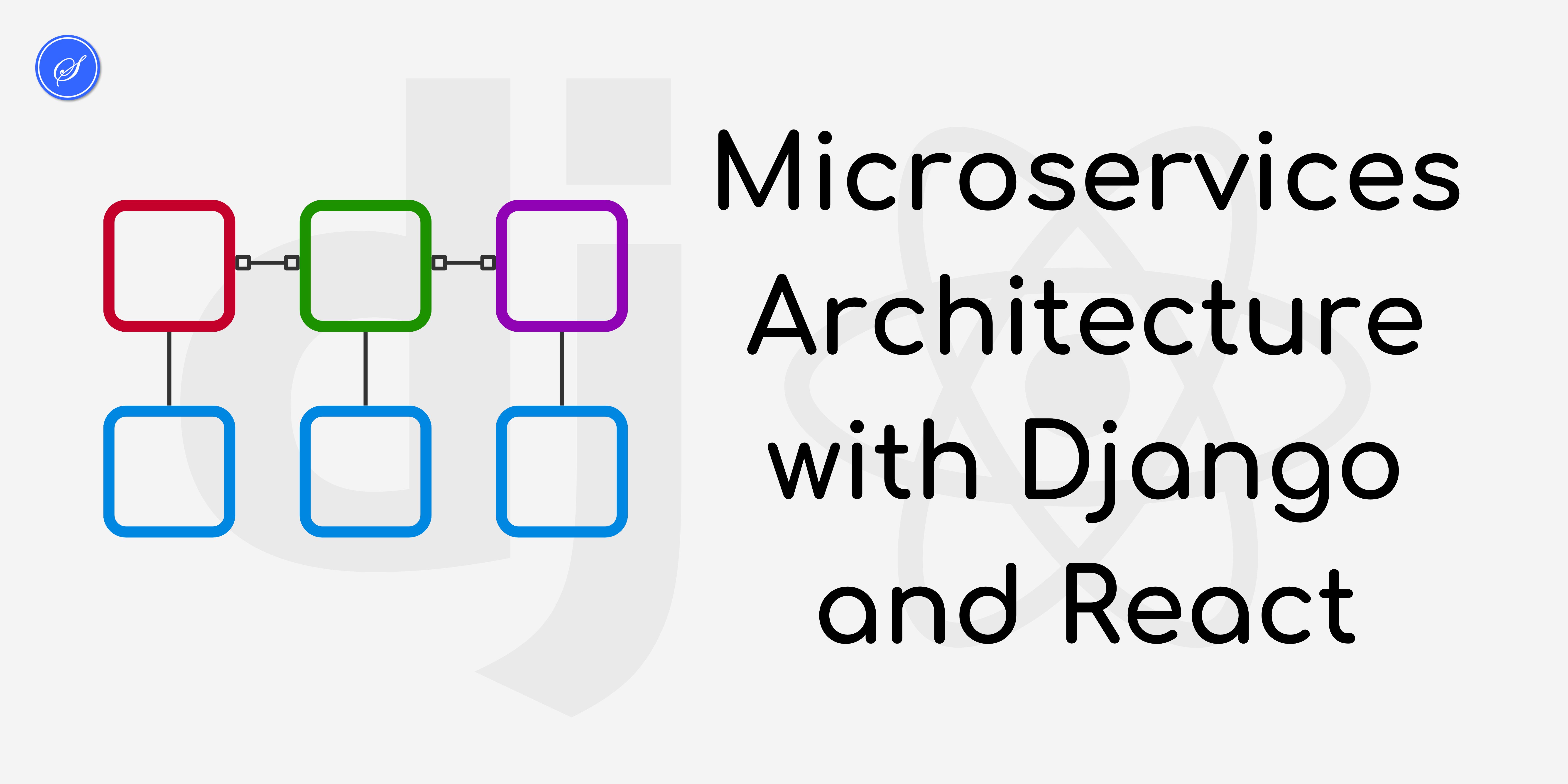
Microservices Architecture with Django and React

TypeScript Best Practices for Large-Scale Applications

Top 10 Software Engineering Trends to Watch in 2025

Advanced Query Techniques in Django's ORM

Key Takeaways from Google IO 2024
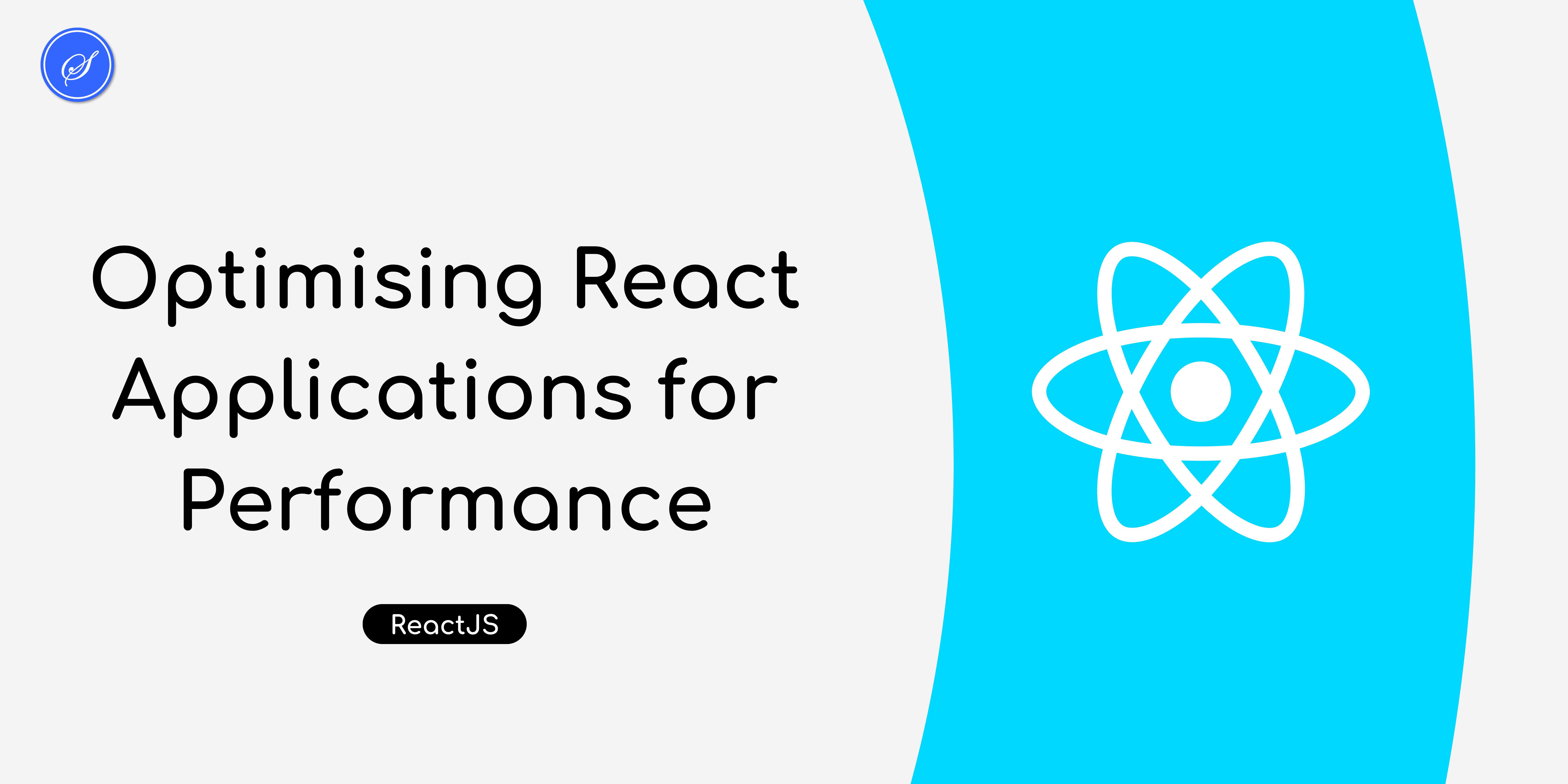
Optimising React Applications for Performance
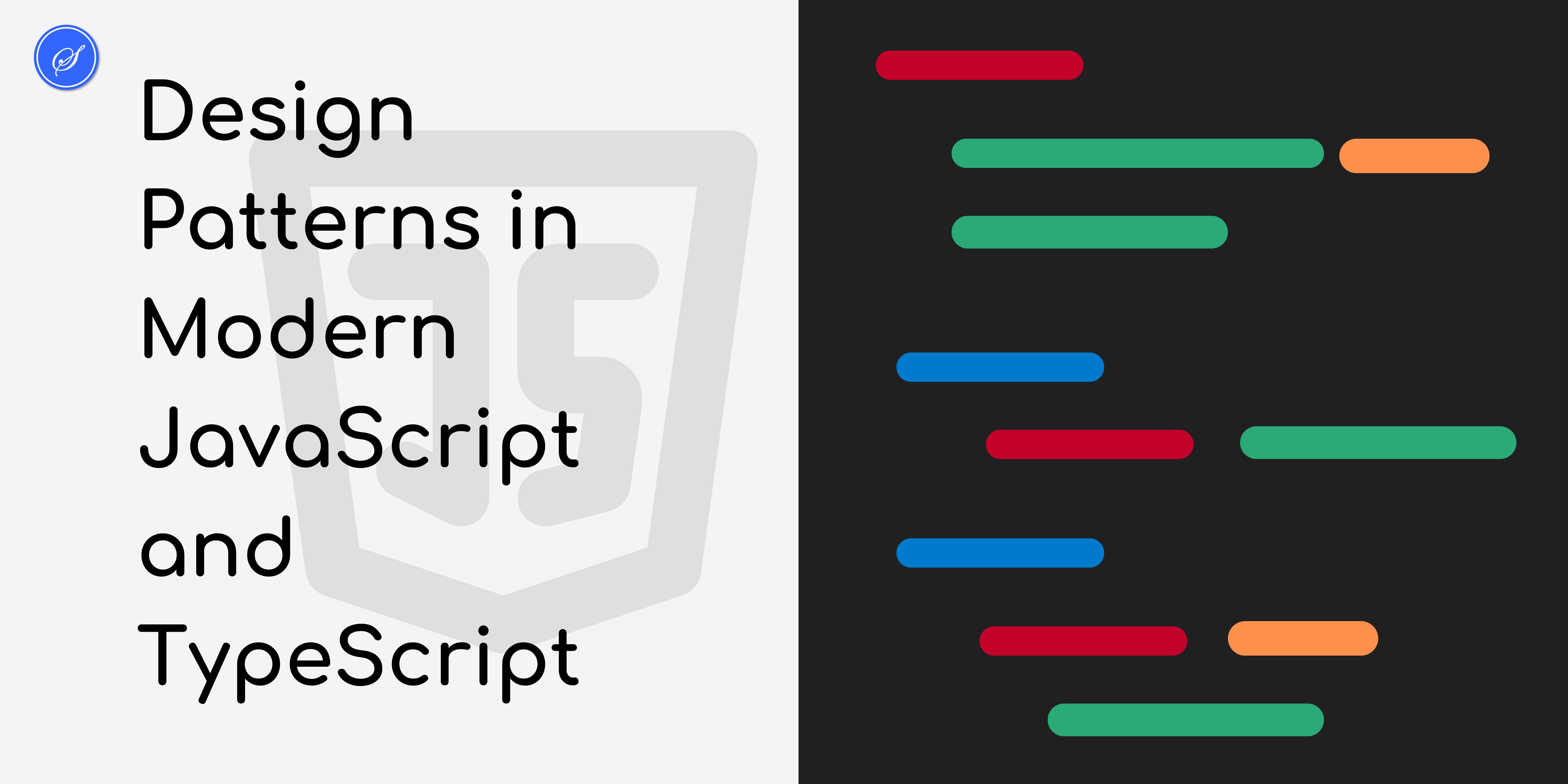
Design Patterns in Modern JavaScript and TypeScript
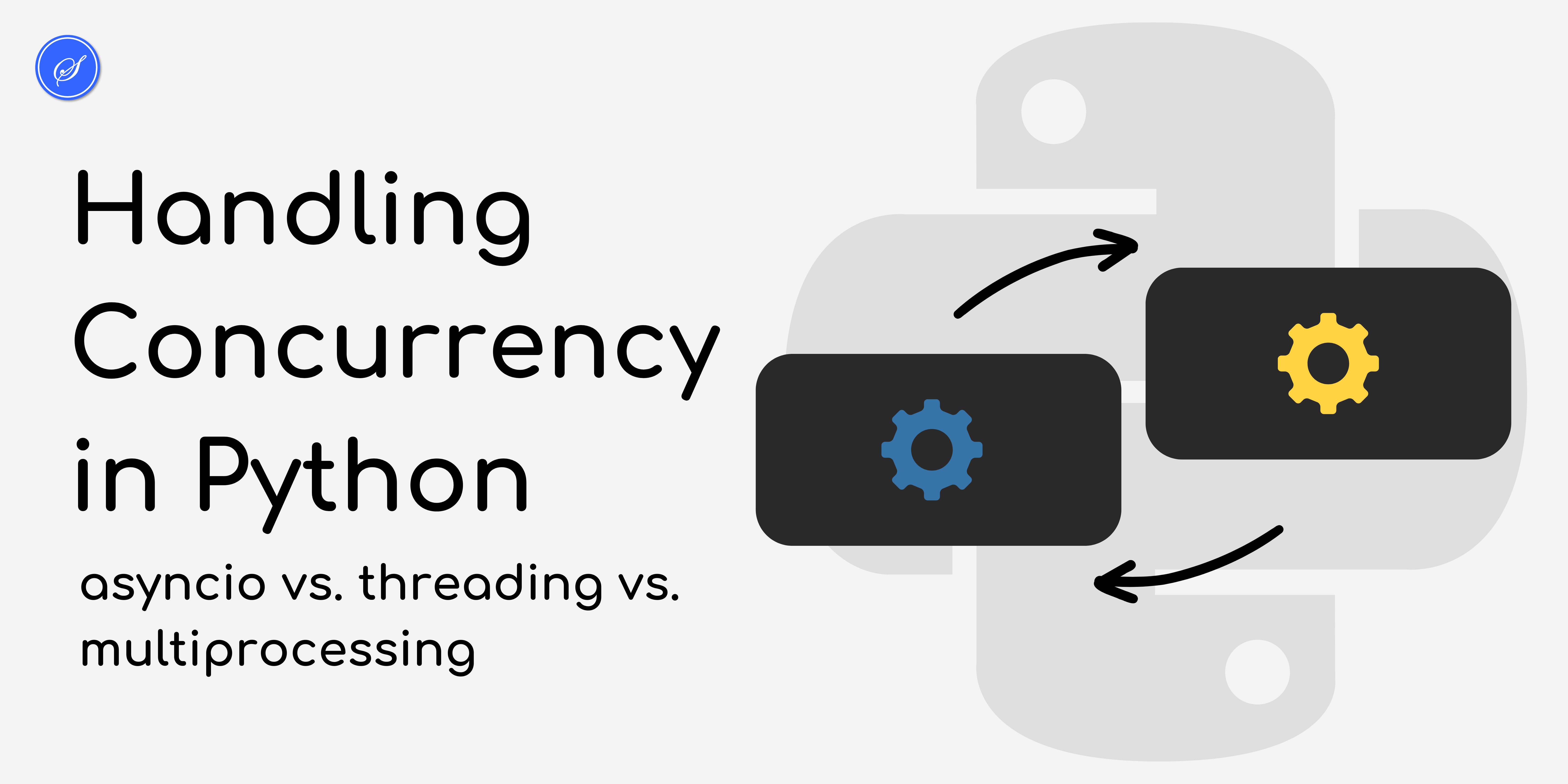
Handling Concurrency in Python

Implementing SEO Best Practices in Django for Better Google Ranking

Advanced Testing Techniques in Django
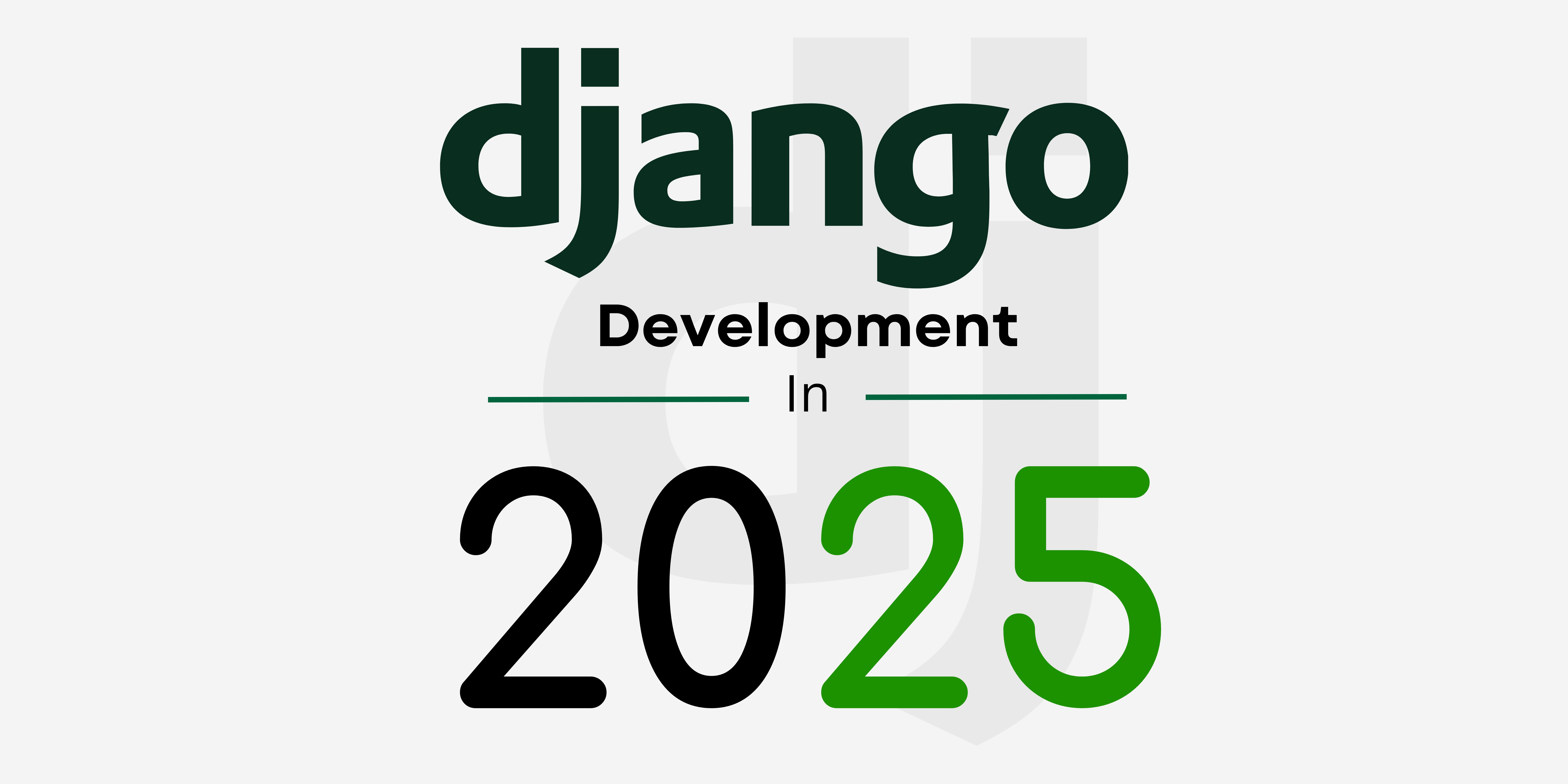
Django Development in 2025

Building Serverless Django Applications

Implementing Powerful Search in Django

